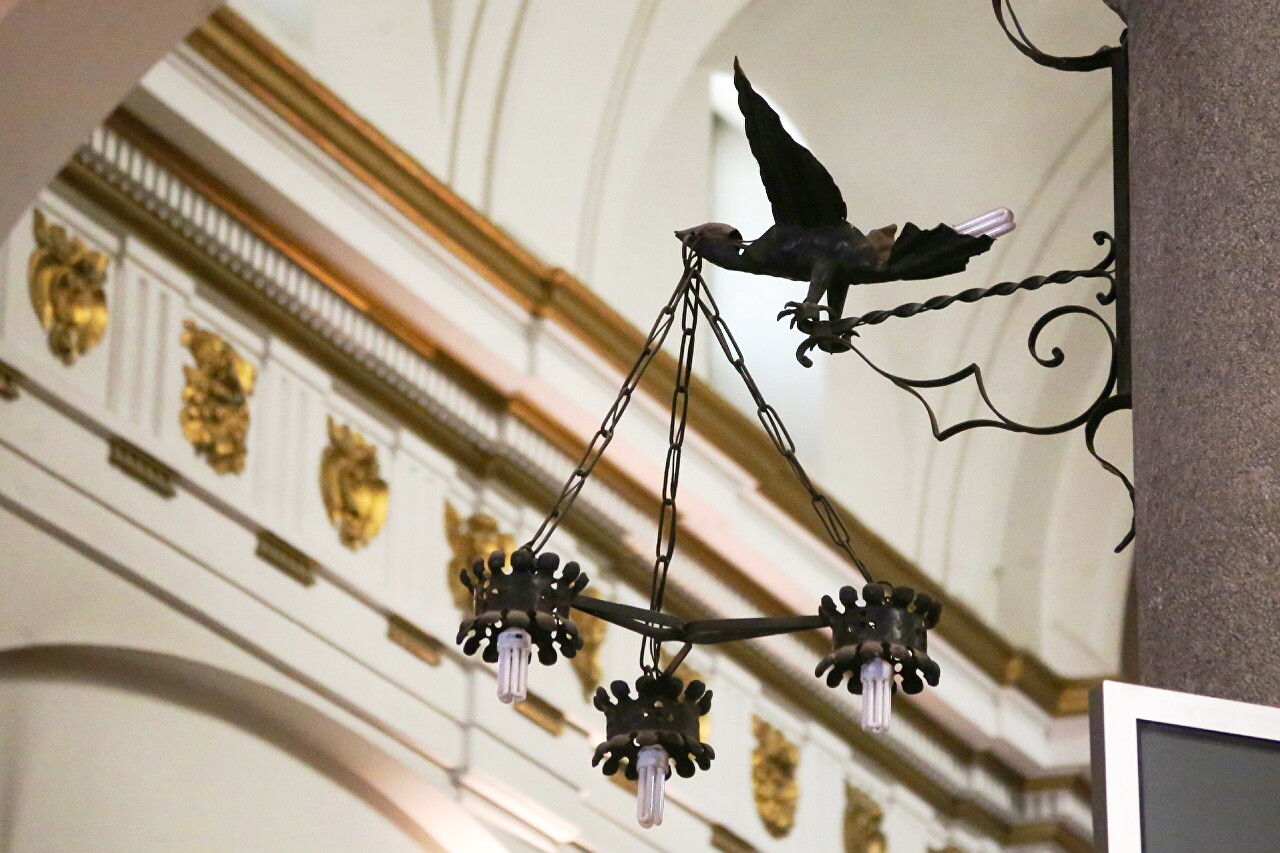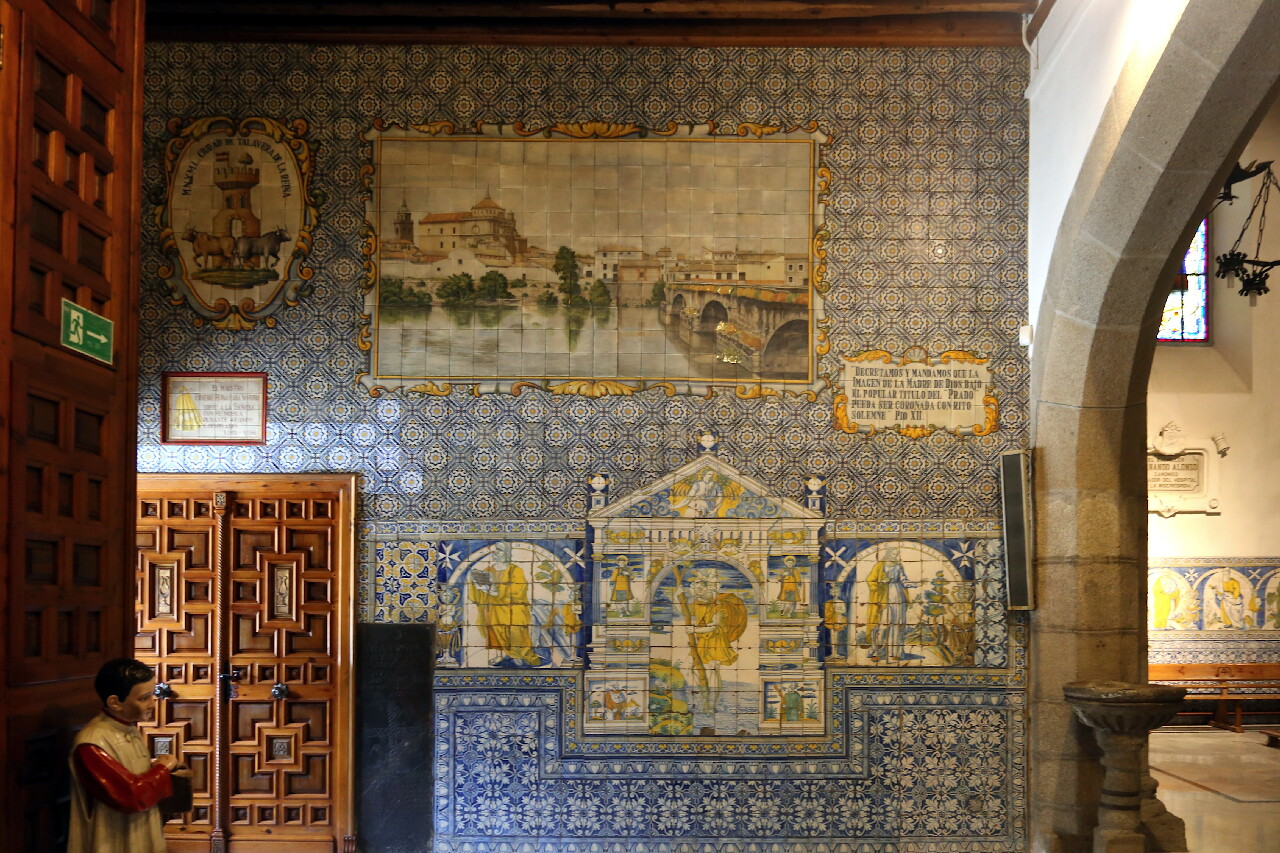Basílica Nuestra Señora del Prado, Talavera
In the eastern part of the Prado Garden, next to the bullring, there is the church that gave the garden its name, Basílica de Nuestra Señora del Prado. Its history goes back to the Celtic period, when this place was a sanctuary where the god Teutates was worshipped. In 181 BC, these lands became part of the Roman Empire, founding the city of Caesarobriga here. Over time, the city became the center of an agricultural region and the Romans built a temple dedicated to the goddess of fertility Ceres on the site of the sanctuary. Every spring, a holiday was held near the walls of the temple, the surrounding peasants flocked to the city to bring baskets of grain, flowers and wax as a gift to the patroness. In the Visigothic period, the temple became a Christian basilica, consecrated in 603 in the name of the Holy Virgin of Pardo by King Liuva II. Historians believe that the church remained Christian even in the Muslim era. After the Reconquista, the church was rebuilt in the Mudejar style, in the 16th century the building was demolished and a new Renaissance-style building was built in its place. The new church was so magnificent that King Philip II named it Reina de las ermitas (queen of chapels). The church took its final form in 1649, a new main nave with a dome was built, the work was supervised by the royal architect Fray Lorenzo de San Nicolas. The church was severely damaged by the invasion of Napoleon and was restored only in 1855. In 1959, Pope Pius granted the church the status of a Minor Basilica. The Holy Virgin of Pardo is still the patroness of the city, the tradition of the spring festival has also reached our days and is known as the Las Mondas festival. It begins on Easter Sunday, followed by a cultural week with exhibitions, concerts, tastings, the culmination of the festival falls on Saturday, on this day a mass procession in traditional clothes and the laying of gifts to the Virgin of the Prado takes place through the streets.

..

..

..

..

..

..

..

..

..

..

..

..

..

..

..

..

..

..

..

..

..

..
